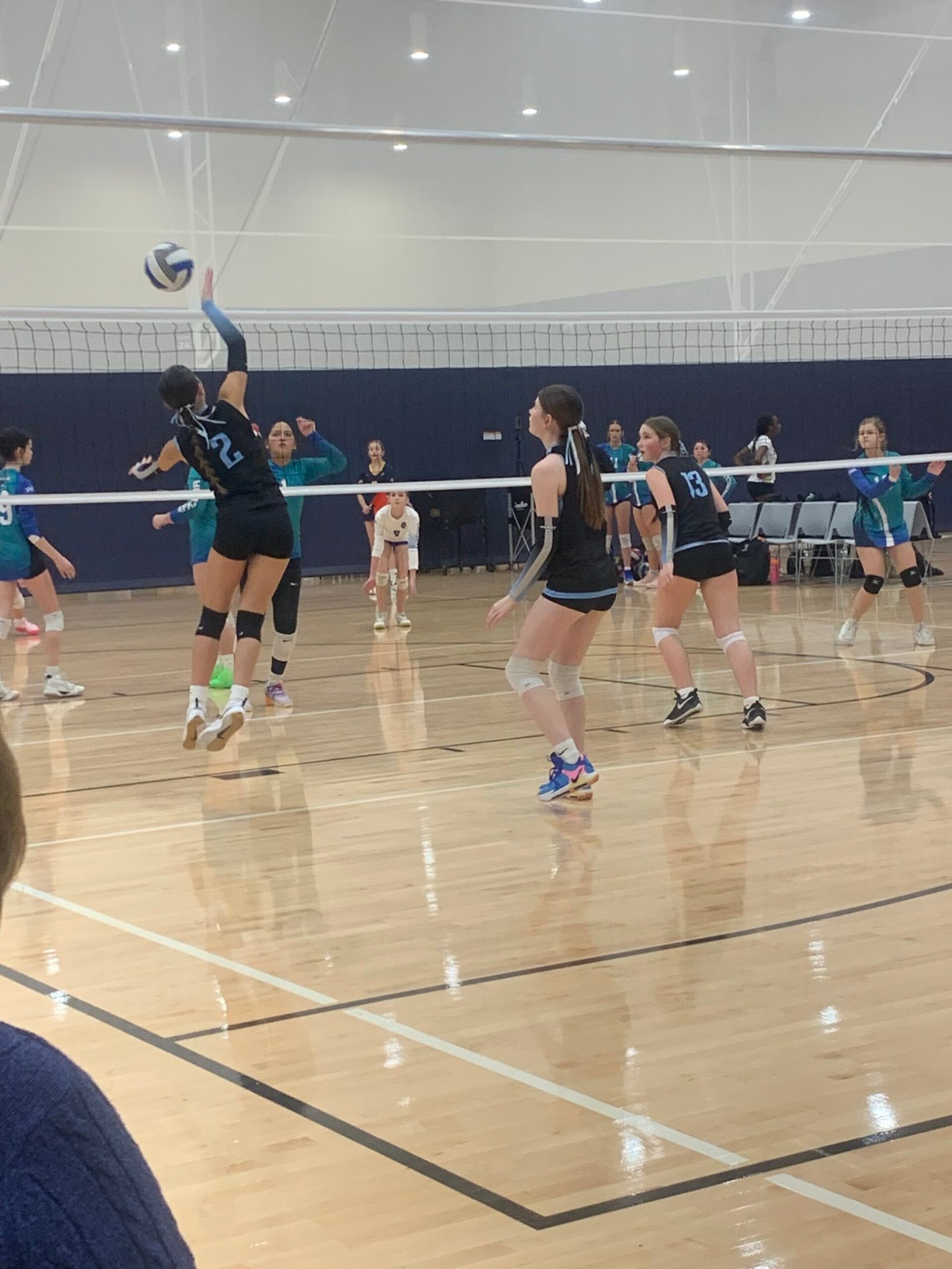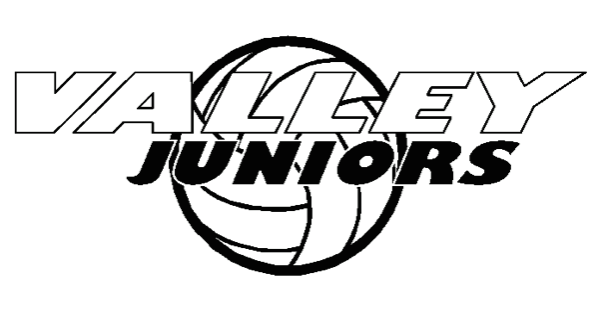Learn the game
Watching your child play volleyball can be exciting, but if you’re new to the game, the rules might seem a little confusing. This guide will help you understand the basics of USAV (USA Volleyball) rules for ages 12-18 so you can follow along and enjoy the game!
Basic Overview
-
Volleyball is played with six players per team on the court at a time.
-
The goal is to send the ball over the net and land it on the opponent’s court or force an error.
-
Each team is allowed three touches per play (bump, set, and spike are the most common).
-
A match is typically best of three or five sets. Most sets go to 25 points (except the deciding set, which goes to 15 points).
-
A team must win a set by at least two points (e.g., 25-23).
Common Terms
-
Ace: A serve that lands inbounds without the opponent touching it.
-
Kill: A spike that results in an immediate point.
-
Dig: A defensive move to keep a spiked ball in play.
-
Set: An overhead pass to assist a hitter in attacking the ball.
-
Block: A defensive move at the net to stop an opponent’s attack
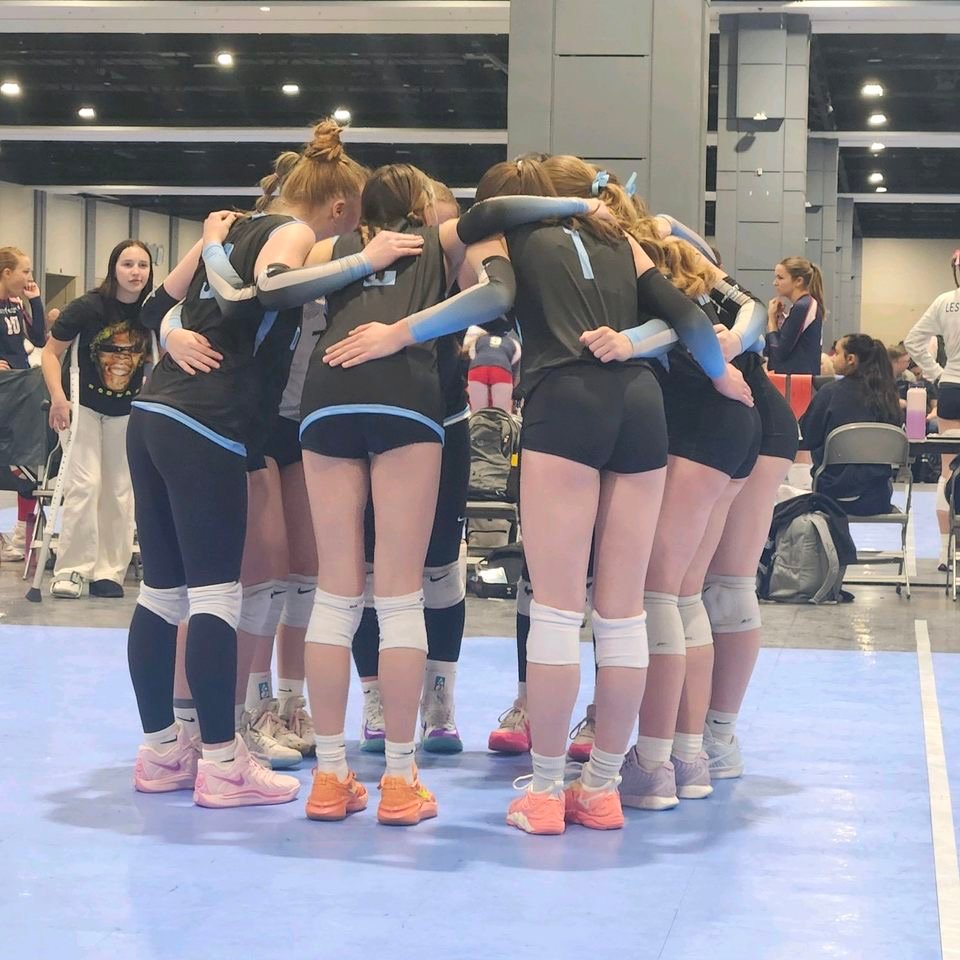
Serving Rules
- The server stands behind the end line and must hit the ball over the net.
- If the serve touches the net but goes over, it is still in play.
- The serve must land in the opponent’s court; otherwise, it’s a fault.
- Players rotate clockwise after winning the serve from the other team.
- One chance rule: If the ball drops without being contacted by the server, they lose their turn—no re-dos.
- Foot fault: The server must not step on or over the end line before making contact with the ball.
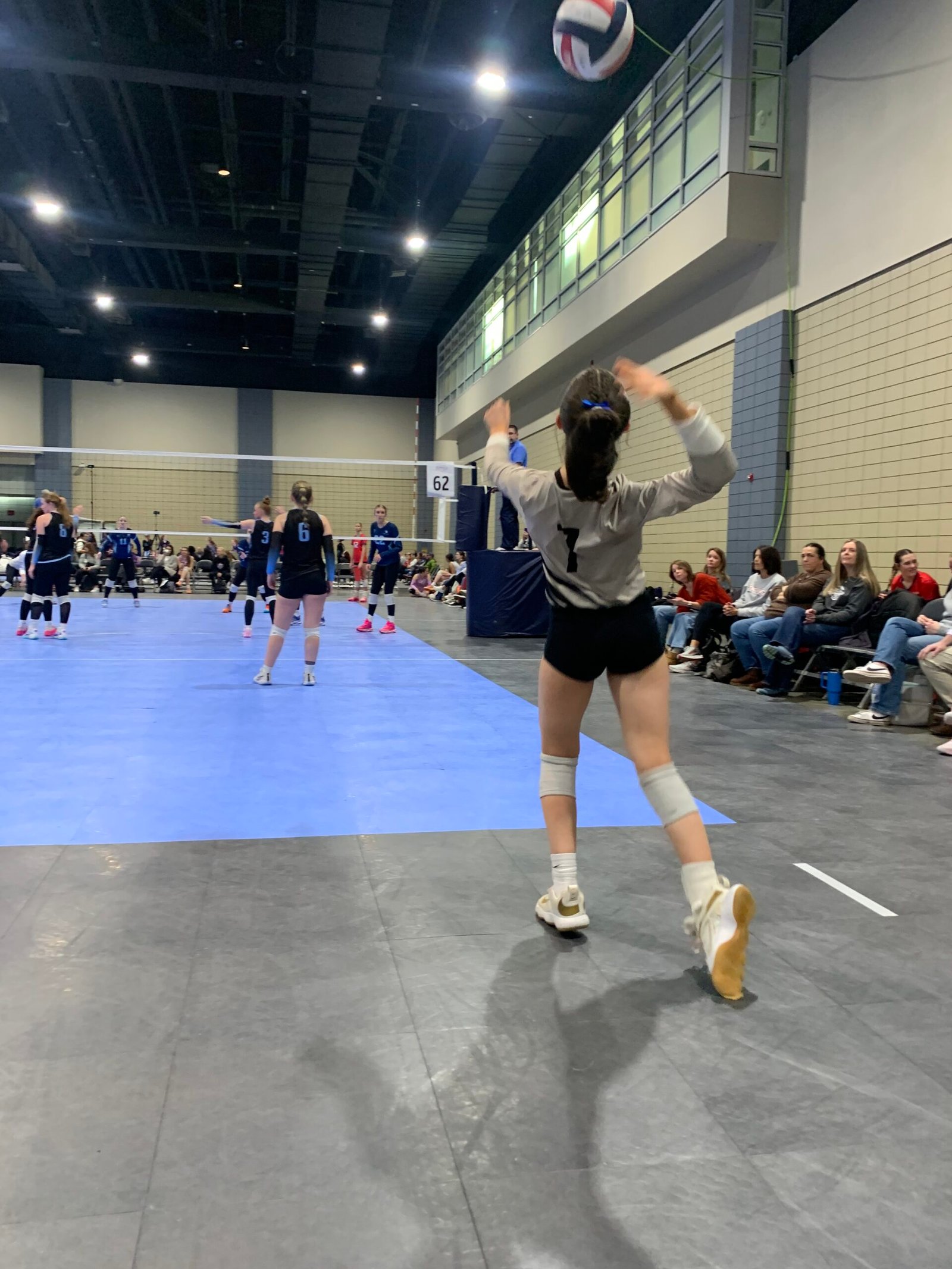
Scoring
-
Most youth volleyball uses rally scoring, meaning a point is scored on every play, regardless of who serves.
-
Common ways to score points:
-
The ball lands inbounds on the opponent’s court.
-
The opponent hits the ball out of bounds.
-
The opponent fails to return the ball within three touches.
-
A player touches the net or violates other rules.
-
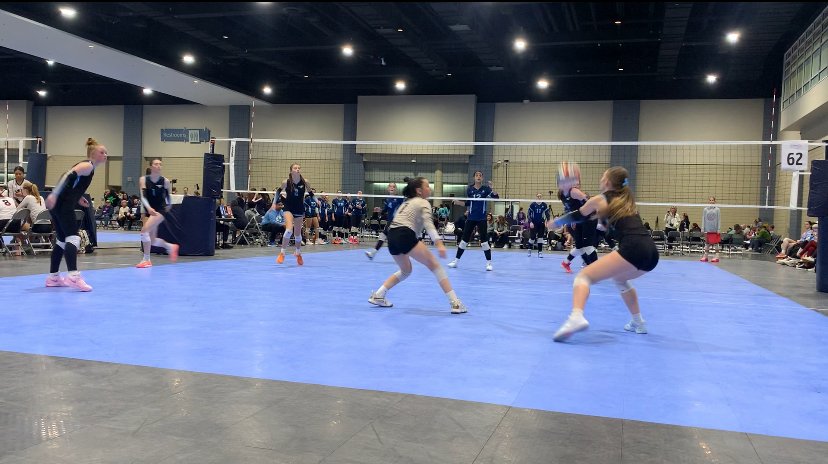
Rotations and Positions
Each team has six players on the court, and they rotate positions after winning the serve. The key positions in volleyball include:
-
Outside Hitter (Left Side Hitter): Primarily attacks from the left side of the court and plays all-around (front and back row). They are key offensive players and often receive serves. They need strong hitting, passing, and defensive skills.
-
Opposite Hitter (Right Side Hitter): Positioned opposite the setter, they attack from the right side of the court. They also help block against the opposing team’s outside hitter. This position is great for left-handed hitters and plays a significant role in both offense and defense.
-
Middle Blocker: Plays in the center of the front row and is responsible for blocking and quick attacks. They must react quickly to defend against opponents’ hits and often perform quick sets and one-foot attacks.
-
Setter: The playmaker of the team who sets up attacks by delivering accurate sets to hitters. They touch the ball more than anyone else and must have great decision-making skills, quick hands, and excellent court awareness.
-
Defensive Specialist: They focus on digging, passing, and serve reception but do not have the same substitution freedoms as a libero.
-
Libero: A back-row defensive player who wears a different jersey and specializes in passing and digging. They have special substitution rules and cannot attack the ball above the net.

Libero-Specific Rules
- The libero is a defensive specialist and cannot attack the ball if it is above the height of the net.
- They cannot serve in most age divisions, though some rules allow it at certain levels.
- Liberos are not allowed to set the ball with their hands in front of the 10-foot line if the next touch is an attack.
- They can freely substitute in and out for back-row players without counting toward the team’s regular substitutions.
The 10-Foot Line Rule
-
Also called the attack line, it is located 10 feet from the net on each side of the court.
-
Back-row players, including the libero, cannot attack the ball in front of this line unless they jump from behind it.
-
If a back-row player jumps to attack a ball while inside the 10-foot line, it is a fault.
-
The libero is never allowed to complete an attack above the net, regardless of where they are.
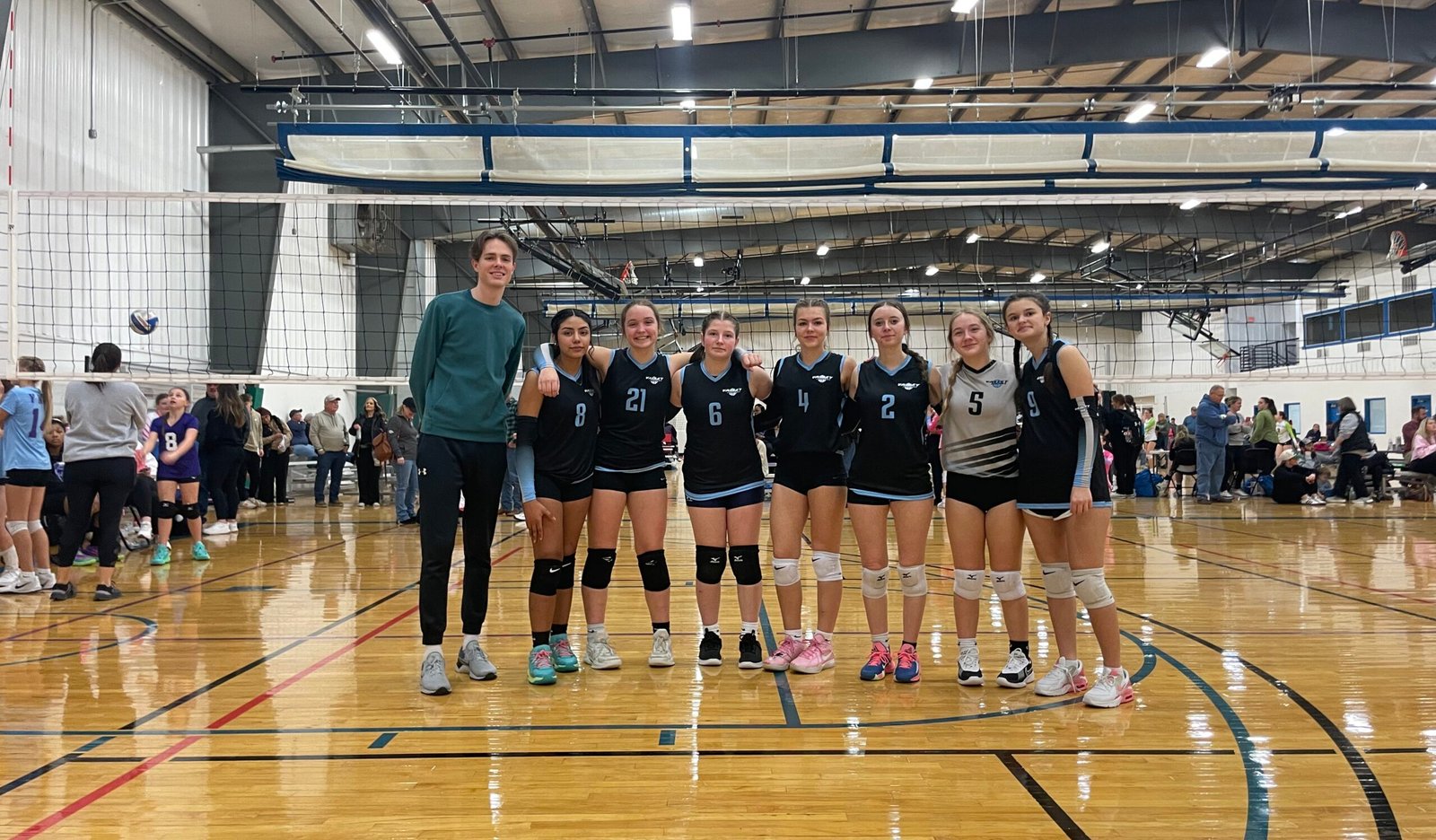
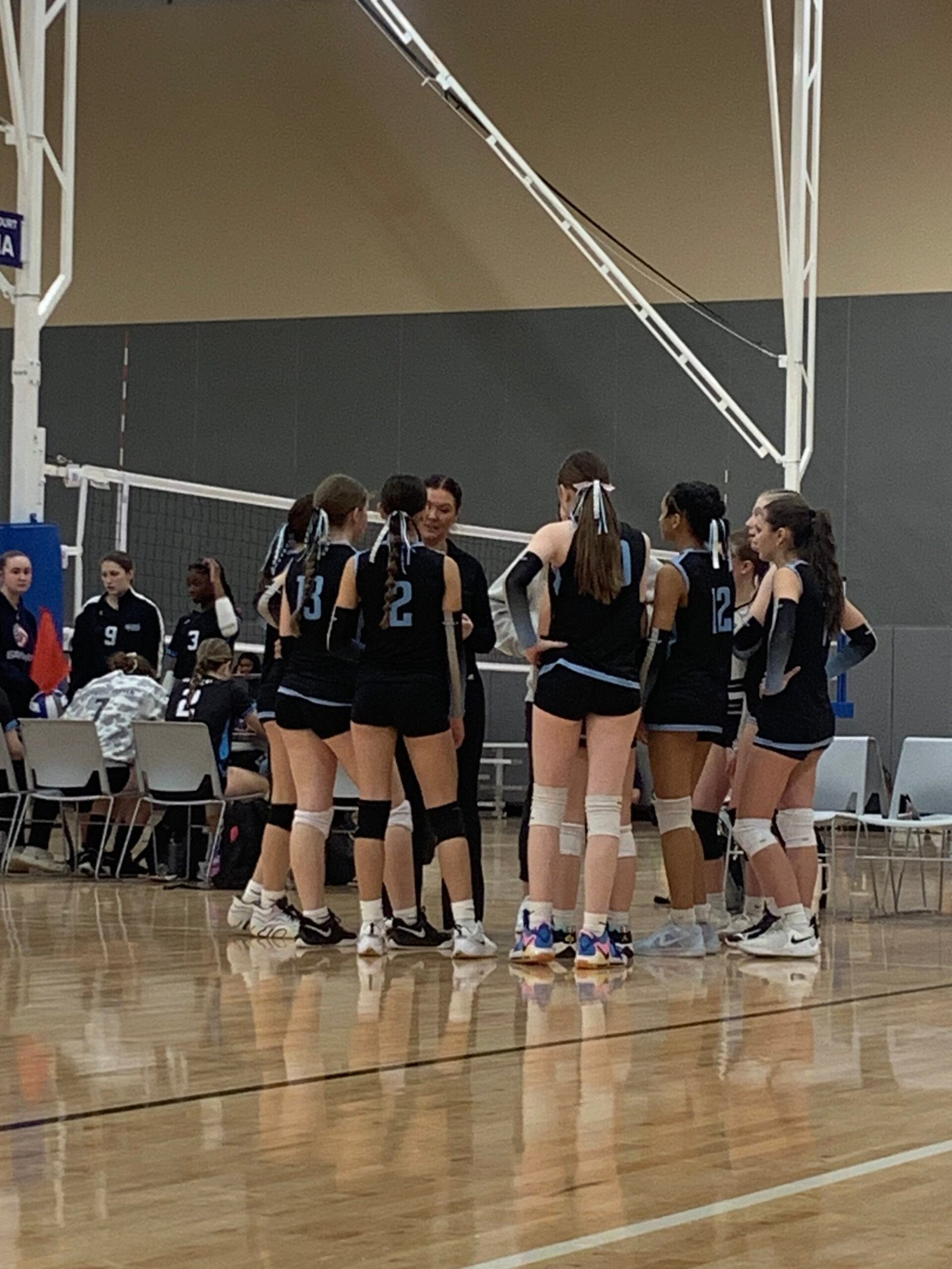
Violations
-
Double Contact: A player cannot contact the ball twice in succession unless it occurs on a team’s first contact off a hard-driven ball. For example, if a setter’s hands are not positioned evenly, and the ball spins awkwardly, it may be called a double.
-
Lift (Carry): The ball must be cleanly hit; if it comes to rest in a player’s hands or is thrown, it is a violation.
-
Net Violation: A player cannot touch the net during play unless the ball pushes it into them.
-
Foot Fault: A player cannot step over the centerline or on the serving line when serving.
-
Illegal Back-Row Attack: A back-row player cannot jump and hit the ball above the net in front of the 10-foot line.
-
Out of Rotation: Players must be in the correct rotational order when the ball is served; incorrect positioning results in a violation and point for the other team.
-
Reaching Over the Net: A player cannot reach over the net to play the ball unless they are blocking an opponent’s attack or completing a follow-through from a legal attack.
-
Under the Net Violation: A player cannot cross completely under the net into the opponent’s side in a way that interferes with play.
Officiating Roles
In travel volleyball, teams are required to work matches by providing officials. Each team has responsibilities during a match:
-
R2 (Down Referee): Assists the main referee, monitors substitutions, checks net violations, and watches for illegal alignments.
-
Line Judges: Two players stand at opposite corners of the court and signal whether the ball lands in or out and if there were touches on the block.
-
Score Keepers: Tracks the score, keeps a written record of points, and verifies rotations.
-
Libero Tracker: Ensures the libero enters and exits the court properly and does not exceed positional limits.
These roles teach players the rules and improve their knowledge of the game while ensuring fair play during the match.
**NOTE: AT SOME ODR EVENTS PLAYERS/COACHES WILL BE AN R1 (UP REFEREE/MAIN REF)
